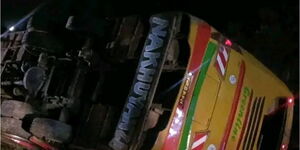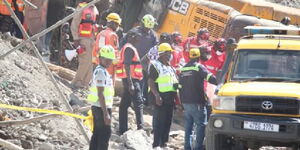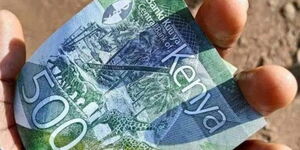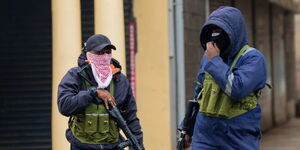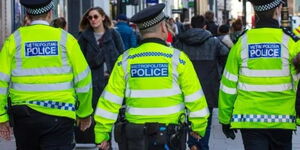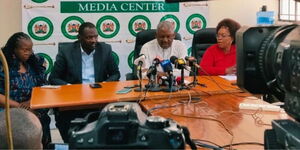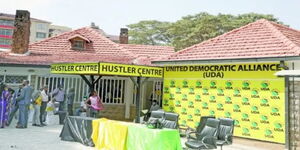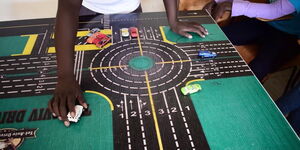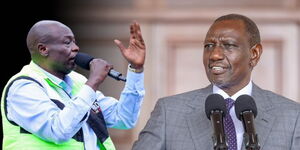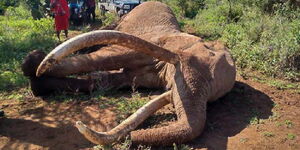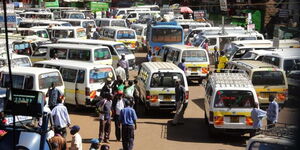When the late President Mwai Kibaki was sworn in as the third president of Kenya on December 30, 2002, he reportedly inherited an economy which was on its deathbed.
"You have asked me to lead this nation out of the present wilderness and malaise onto the Promised Land. And I Shall," Kibaki instilled hope in an expectant nation.
The former president was true to his words, inheriting a GDP growth of a paltry 0.6 per cent, growing it to 7 per cent in just five years. He took Kenya through one of the highest economic booms since independence and laid a foundation for future presidents to work on.
Kibaki used 3 tactics to transform the economy.
CDF
Kibaki did not present a conventional manifesto to Kenyans. His was a small template with a four-to-do list agenda.
He promised Constituency Development Fund, Free Primary Education, 1 million jobs and a new Constitution within 100 days.
Kibaki achieved three promises within the first 100 days in office, and Kenya promulgated a new Constitution during his second term.
He had vowed to allocate one per cent of the government budget to MPs to promote grassroots development, the first time since independence that MPs had a development kitty.
The impact of the kitty was instantaneous. Parliamentarians empowered constituents socio-economically by building and equipping schools and investing in healthcare and road infrastructure.
Through the ingenuity of Kibaki, development was decentralized in what was still a centralized form of governance.
Rapid Infrastructure
Since independence, one of the biggest infrastructural projects was the rehabilitation of the Nairobi-Mombasa highway.
A few months into his presidency, President Kibaki contracted Strabag – a construction company - to rehabilitate the country’s major highway.
This opened a floodgate of numerous road infrastructural projects across the country and also rehabilitation of the nation’s railway system. One of his legacy projects is Thika Highway, which remains a marvel in the African continent decades later.
The new transport network opened up regions to the national and international markets. As a country that largely depends on agriculture, farmers could timely sell their produce.
In nine years, the president had done 100,000 kilometres of roads (unpaved and paved).
New Trade Partners
The head of state looked for new trade partners, especially in Asia, who helped transform Kenya’s economy.
With improved trade deals with China, Kenyans could import affordable motorcycles. This helped a great deal in helping create 1 million jobs as many youths started boda-boda businesses.
Trade partnerships with countries like India also helped the country access affordable pharmaceutical products that grew the country’s health sector and, subsequently, our economy.
When he bade the nation farewell, he did so with a smile. Satisfied that he had kept his word and delivered the country to Promised Land.

